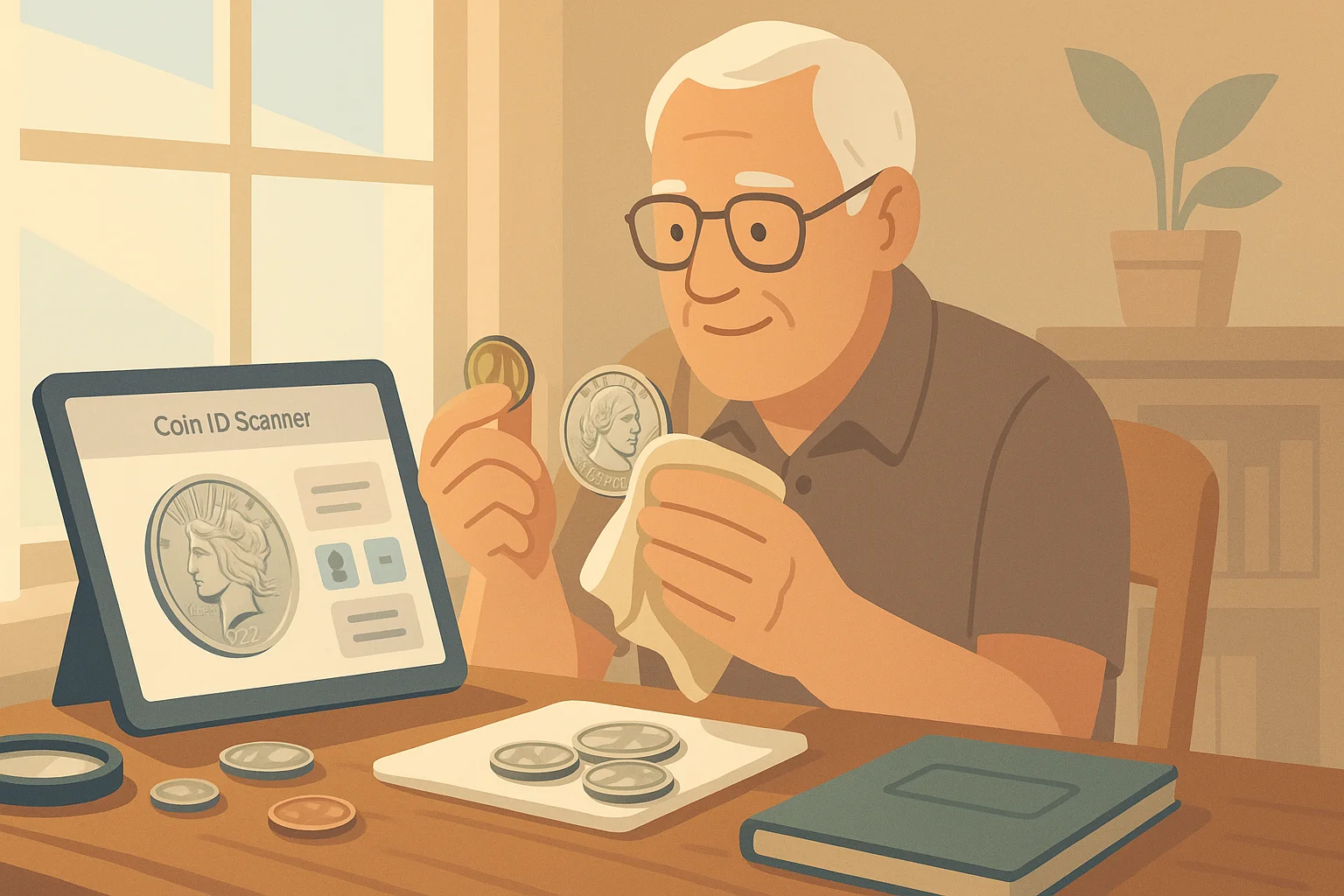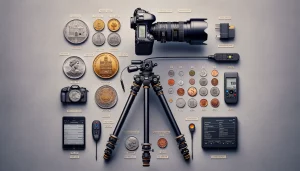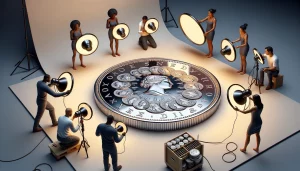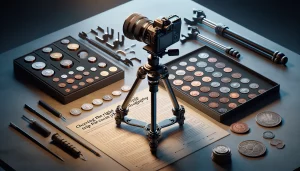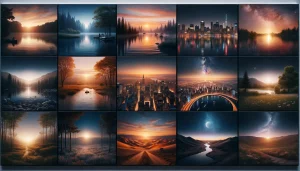Understanding the Role of Lighting in Photography
Why Lighting is the Heartbeat of Photography
Have you ever looked at a photograph and felt like it spoke to your soul? That magic often comes down to one thing—lighting. It’s not just an element; it’s the unsung hero, the secret sauce that elevates photos from good to unforgettable. A well-lit image tells stories, conveys emotion, and draws you in like a moth to a flame.
Think of light as the paintbrush while your camera is the canvas. Natural light can feel soft and gentle, like early morning sunlight streaming through the window, casting captivating shadows. On the flip side, artificial light gives you complete control—a spotlight on a rainy evening, for instance, letting you create drama straight out of the movies.
- Hard light: Adds sharp contrast, deep shadows, and drama.
- Soft light: Wraps around your subject delicately, enhancing subtle details.
Mastering lighting isn’t just technical—it’s emotional. Whether you’re capturing joy in a child’s smile or the intensity in a dancer’s silhouette, the right lighting transforms a fleeting moment into something eternal. So, don’t just capture light—learn to chase it intentionally.
Types of Lighting and Their Effects
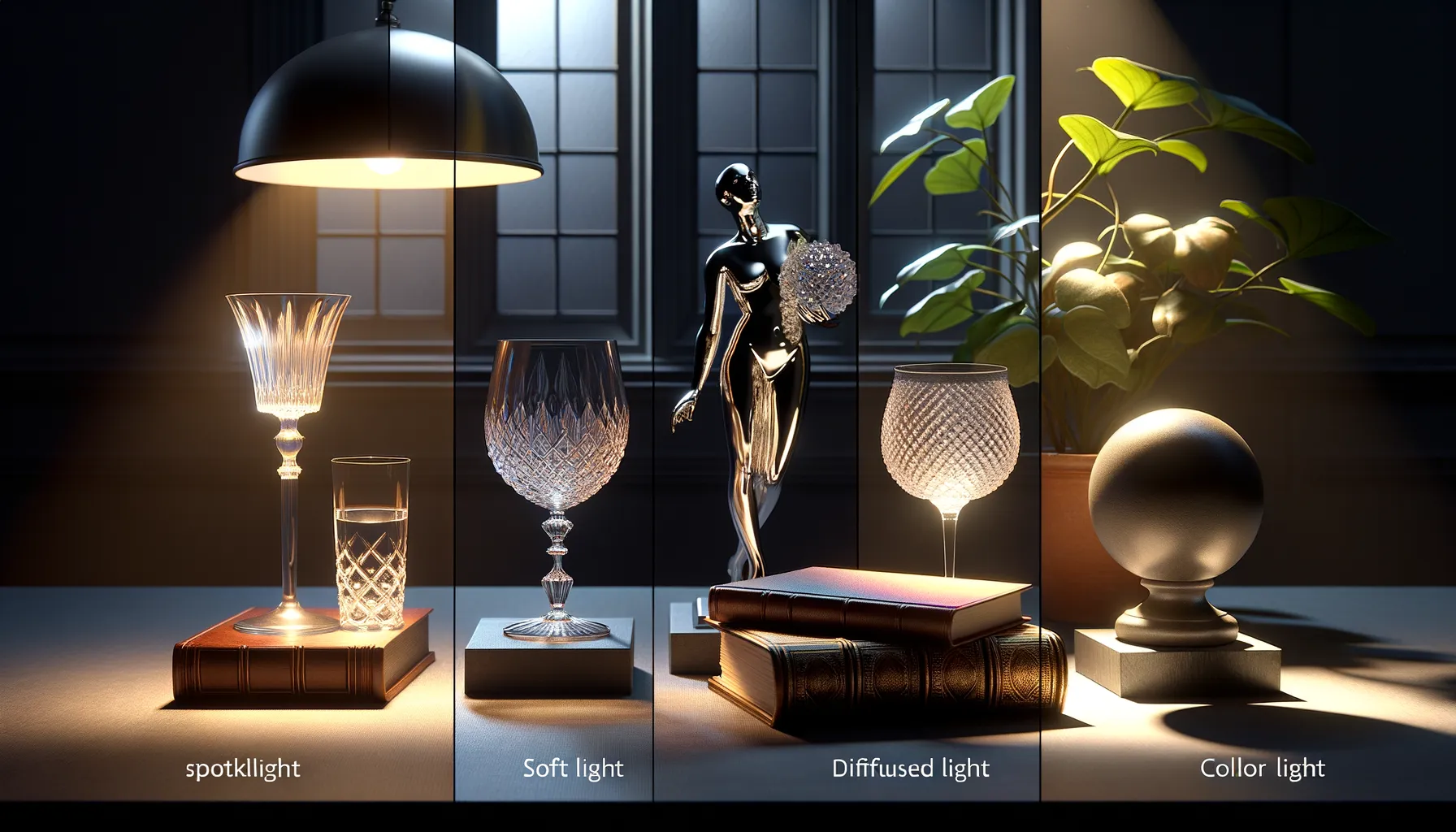
Playing with Natural and Artificial Light
Lighting sets the soul of your photograph—it breathes life into a static image. Let’s start with the most elemental source: natural light. Think of the ethereal golden hues of sunrise or the sharp, dramatic shadows from midday sun. Feeling dreamy? Open those curtains during golden hour, and you’ll bathe your subject in a warm, soft glow. But be warned—natural light has a mind of its own and won’t wait for you to get your settings just right!
On the flip side, artificial light gives you the reins. From the cozy intimacy of candlelight to the slick precision of LED panels, artificial lighting lets you sculpt your image like a painter with a palette. Want cinematic vibes? Use a single spotlight to create mystery and contrast. Craving a studio-perfect glow? Grab a ring light—it’s a go-to for flawless portraits.
- Strobes: Freeze motion and accentuate textures.
- Continuous lights: Great for beginners to see instant results.
Mastering Shadows and Highlights
Shadows aren’t just the dark parts of your image—they’re storytellers. A deep shadow can add suspense. Soft shadows? They whisper elegance. And highlights? Oh, they’re the sparkle in your subject’s eye, the gleam on a polished surface. By balancing shadows and highlights, you’re not just taking pictures—you’re crafting emotions.
Key Techniques for Achieving Proper Lighting
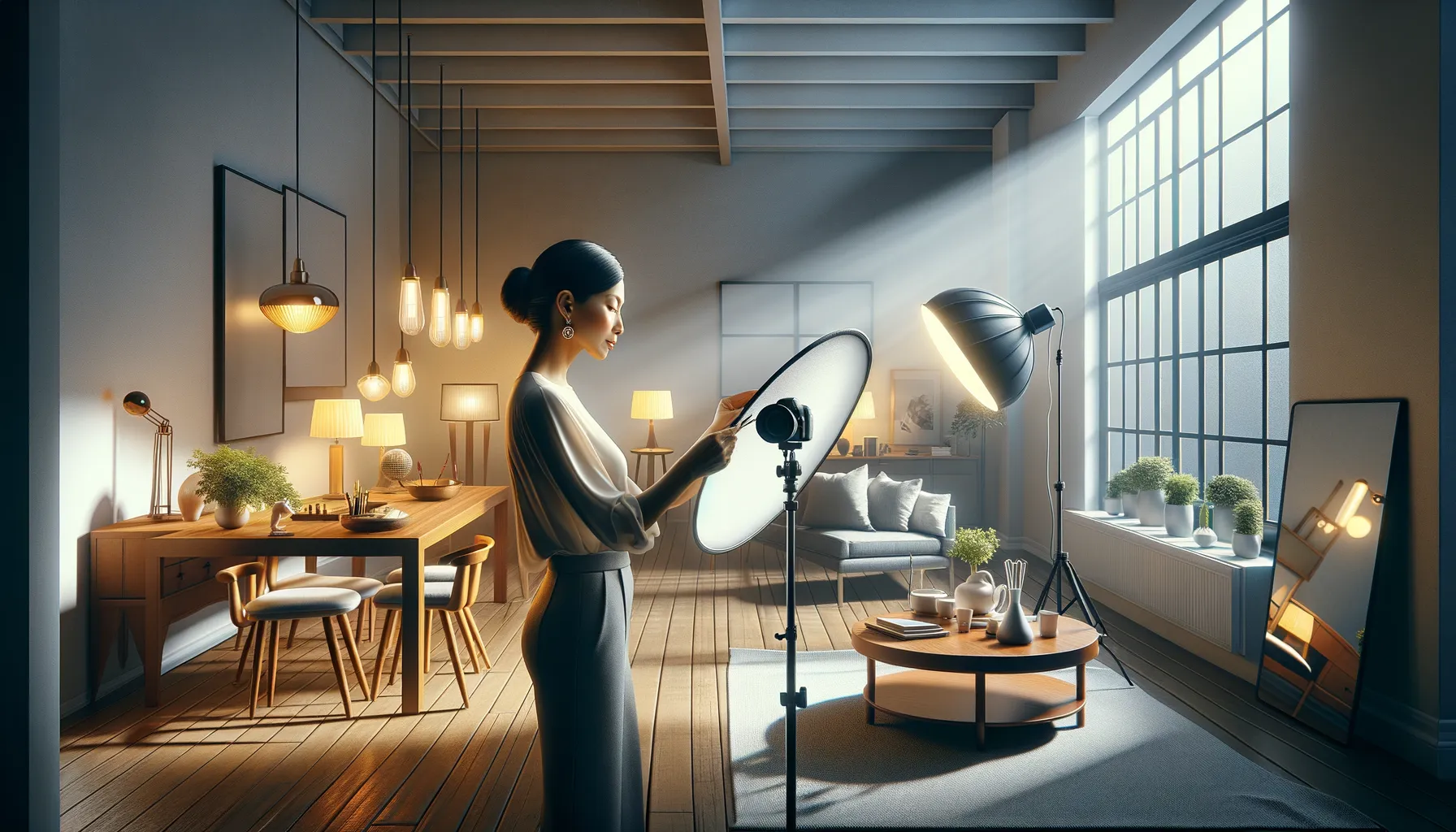
Mastering Shadows and Highlights
Lighting in photography isn’t just about brightness—it’s the dance between shadows and highlights that breathes life into your images. Think of it as painting with light. To start, experiment with the direction of your light source. Side lighting, for example, creates drama by emphasizing texture and depth—perfect for portraits or moody still lifes. On the other hand, front lighting softens imperfections but can flatten the scene.
Try this: position a lamp to one side of an object and observe how the shadows stretch and fold. Notice how adjusting its angle changes the emotions captured. It’s like giving your subject its own spotlight moment!
Tools and Tricks Every Photographer Should Know
Having a few simple tools at hand can make all the difference! Here’s what to keep close:
- Reflectors: These bounce light back onto your subject, reducing harsh shadows. A simple white poster board works wonders!
- Diffusers: Soften intense light by placing thin fabric or translucent paper over your source. No fancy kits? Try a frosted shower curtain.
- Natural Modifiers: Overcast skies are nature’s diffuser—embrace cloudy days for evenly lit shots.
And don’t forget: the golden hour (that magical sliver of time right after sunrise or before sunset) bathes everything in warm, honey-toned perfection. Let light tell your story!
Common Lighting Mistakes to Avoid
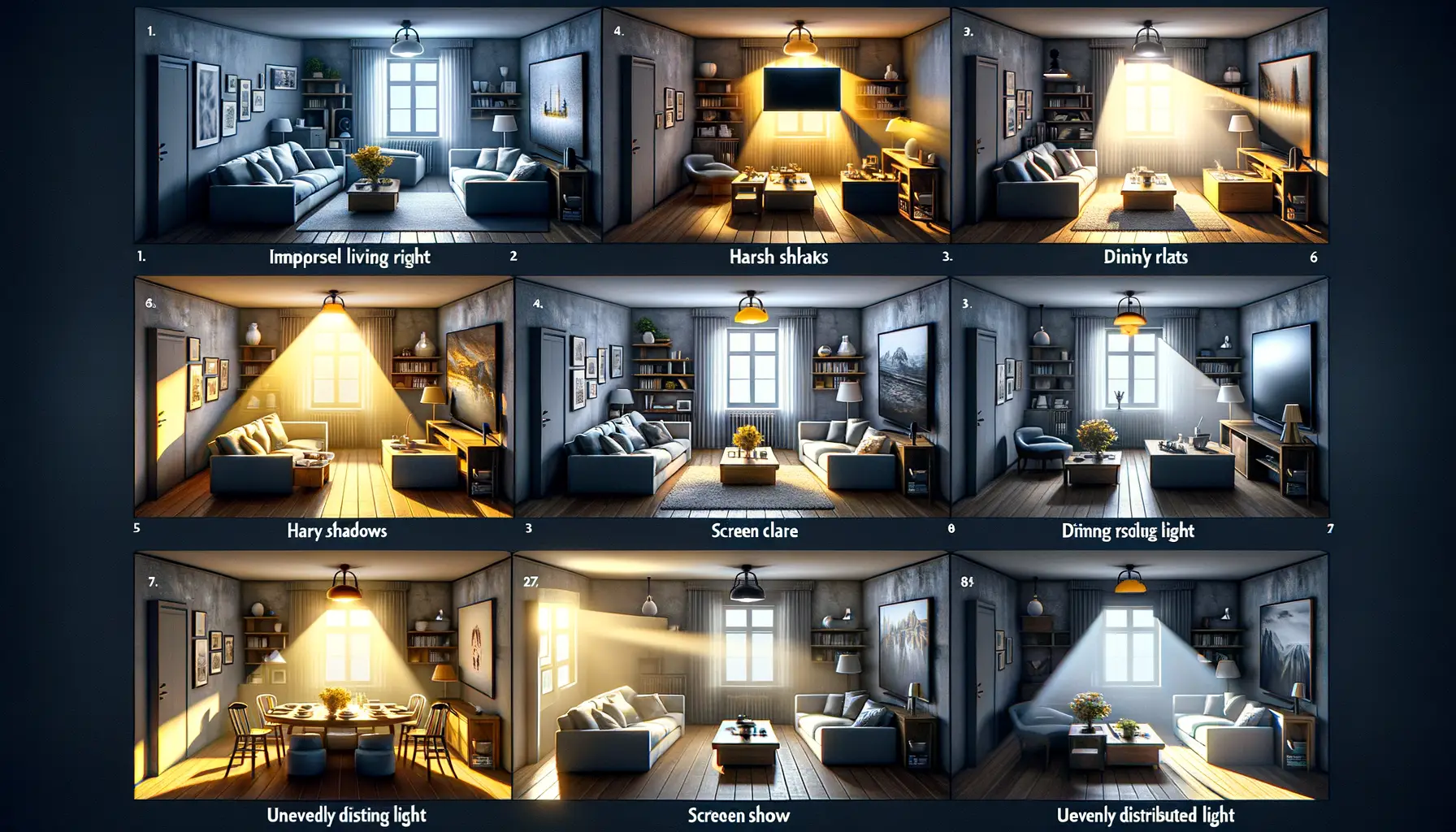
Lighting Pitfalls That Steal the Spotlight
Oh, lighting—the lifeblood of photography. It can make or break your shot faster than you can say “aperture.” But hey, we’ve all been there, snapping away only to realize later that our masterpiece looks flat, harsh, or just plain wrong. Let’s spare you that heartbreak by shining a light (pun intended) on some common mistakes photographers often stumble into.
- Relying on direct flash: It’s tempting to use your camera’s built-in flash, but beware—it can cast hard shadows and unforgiving highlights. Hello, ghostly faces! Instead, diffuse it with a bounce or opt for natural light when possible.
- Ignoring shadows: Shadows aren’t just dark splotches; they’re storytellers. Forgetting to observe where they fall can leave your photo feeling unbalanced or overly flat.
- Overexposing the subject: Blowing out highlights, especially on skin tones, is a sneaky way to lose detail that even post-editing can’t always save.
The Danger of Overcomplicating Things
Ever heard the phrase “less is more”? Well, it applies here. Sometimes, overthinking your lighting setup creates chaos instead of clarity. Too many lights? You risk losing focus and drowning out your subject. Too much color gel experimentation? Your scene could feel like a disco gone wrong. When in doubt, simplify. Strip back, assess, and let the subject lead the way.
How Lighting Enhances Creativity and Storytelling
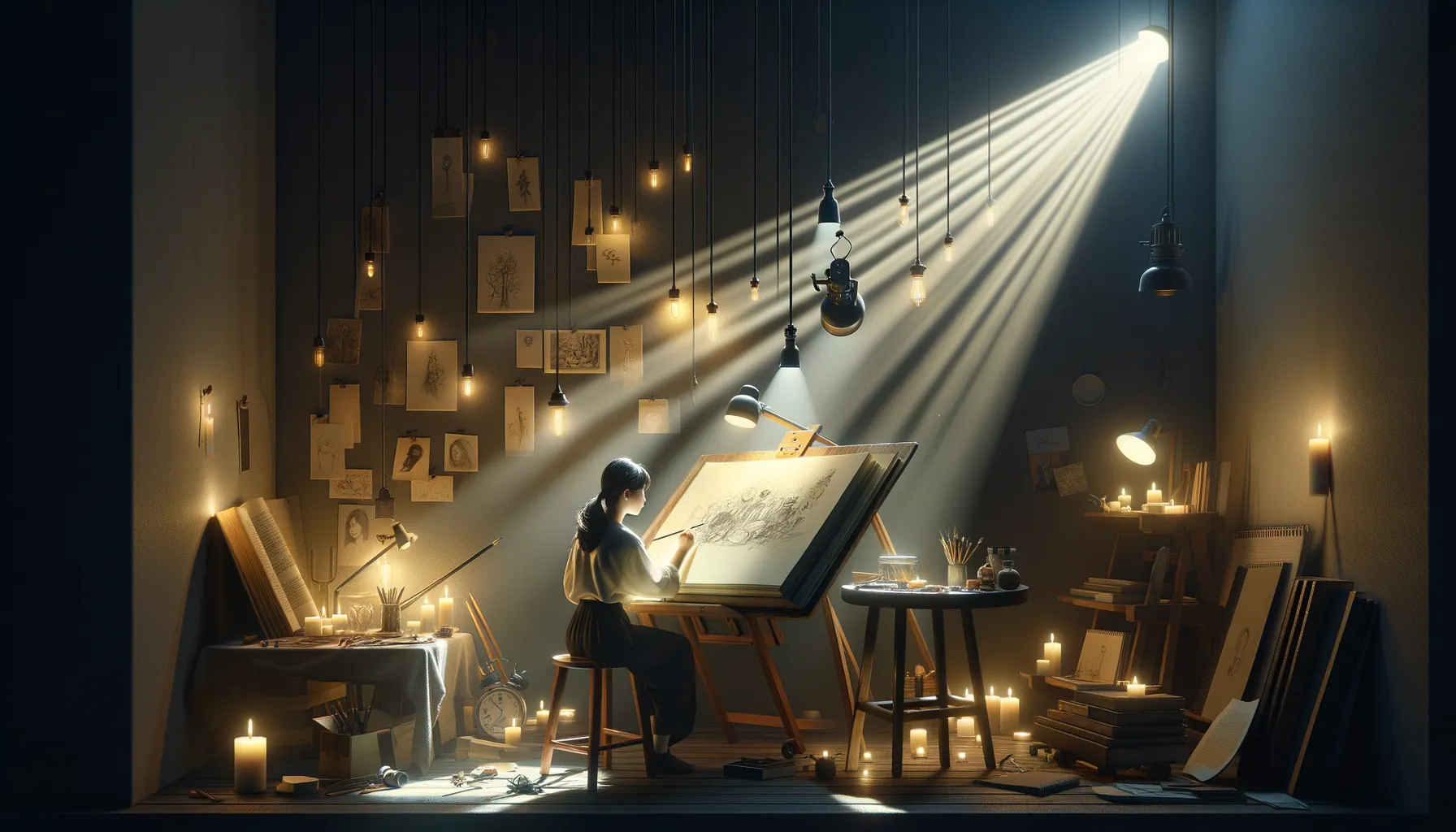
Transforming Atmosphere Through Light
Ever noticed how a photograph can feel like pure magic, pulling you into its story in ways that words never could? That’s the alchemy of light. With the right lighting, a simple shot transforms into an evocative masterpiece. Soft, diffused light, for instance, wraps your subject in a dreamy glow—perfect for capturing an intimate moment or a nostalgic vibe. On the flip side, harsh shadows and sharp contrasts can create tension, drama, or even mystery.
Take golden hour, for example—that fleeting window just after sunrise or before sunset when the world feels dipped in honey. That warm, golden light doesn’t just look beautiful; it stirs something inside of us. It’s as if nature is giving photographers its most captivating paintbrush.
Lighting as Your Silent Storyteller
Lighting doesn’t merely illuminate—it whispers secrets to your audience. Want to evoke serenity? Try a soft backlight that halos your subject. Craving intensity? Position your light at sharp angles to carve bold shadows across their features. Even color temperature changes the emotional tone: cool blues suggest detachment, while fiery oranges scream passion and energy.
- A single candle’s glow can turn a face into a page, full of emotion.
- The sparkle of fairy lights instantly creates whimsy and romance.
Every click of the shutter becomes storytelling. All you need is your light to speak volumes.
